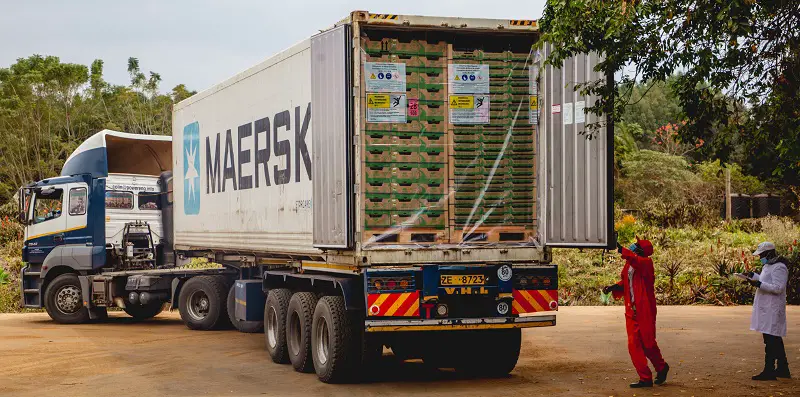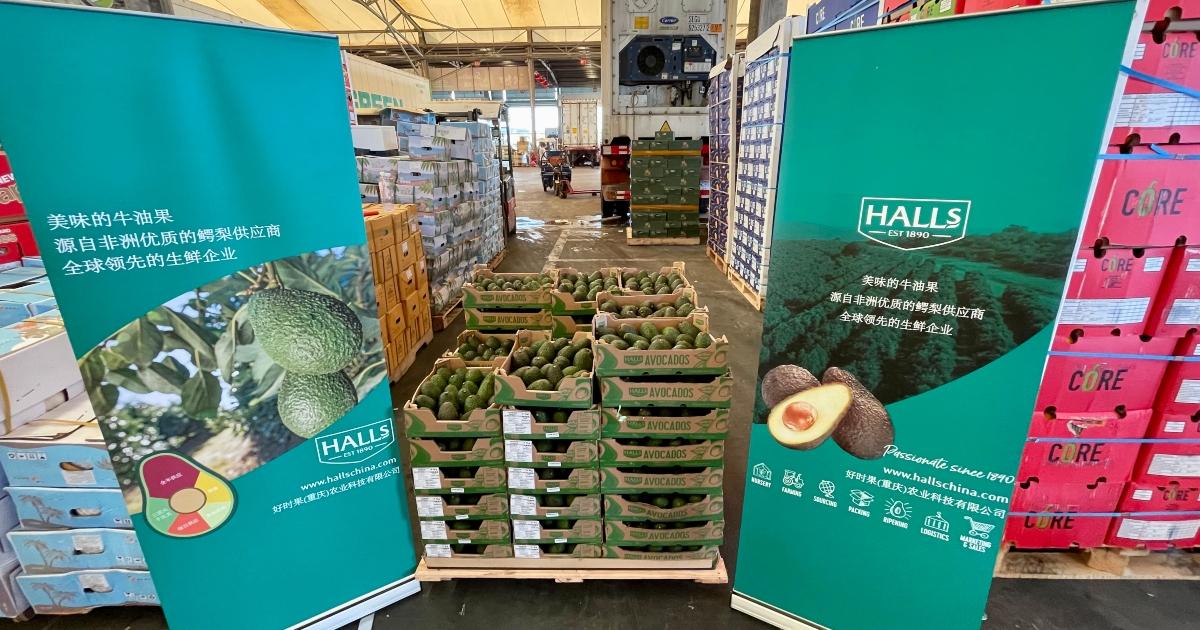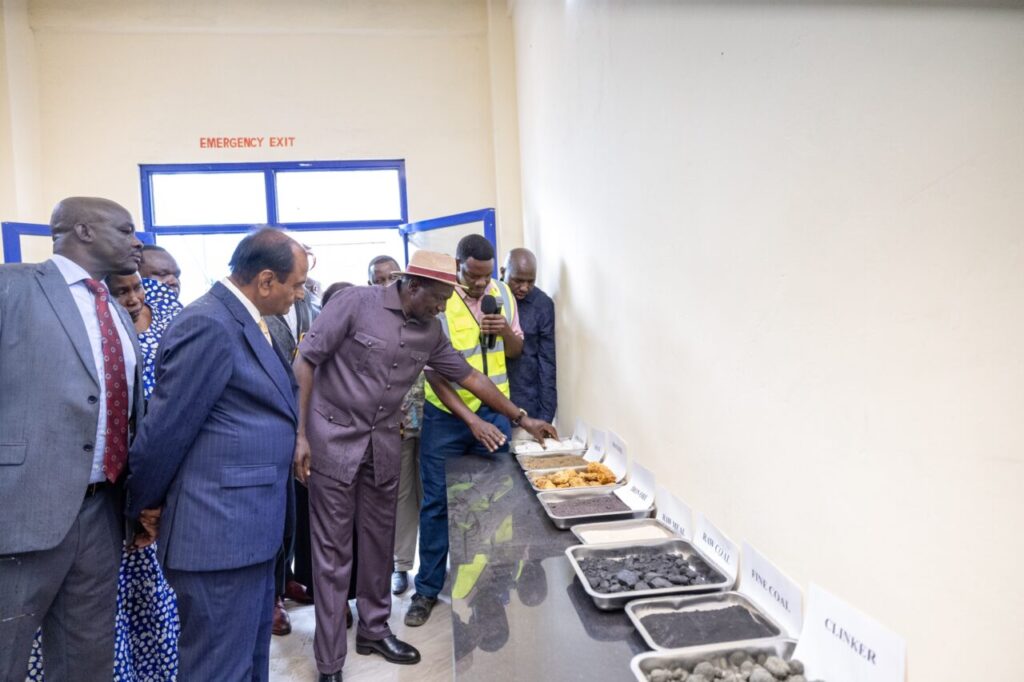- Kenya’s Export Promotion and Branding Agency has unveiled its strategic plan to grow Kenya’s export market to $11.5 billion by 2028.
- For established markets, Kenya aims to implement consolidation and diversification interventions.
- In the period Kenyan exports grew by over Sh2 billion into the country’s top 25 markets.
Kenya’s Export Promotion and Branding Agency has unveiled its strategic plan to grow Kenya’s export market to $11.5 billion by 2028. This will be a 10 percent increase from the $ 6.7 billion (Sh873.1 billion) recorded in 2022.
The agency through the implementation of the 2023/2024 – 2027/2028 strategic plan, says Kenya is set to be positioned among the top 50 global brands.
This renewed push comes at a time when Kenya’s export value for the first time in history hit $7.7 billion (Sh1trillion) in 2023, according to the 2024 economic survey by KNBS. The great performance was contributed by tea which had an export percentage growth of 15.4 percent from 2022 to 2023.
Despite the push to grow revenue from exports, the agency says that based on the budgetary allocations from the exchequer, it faces a funding gap amounting to $63.7 million (Sh8.3 billion.).
The Agency’s Board Chairman Jaswinder Bedi, said the country is preparing for significant export growth in priority value chains, targeting multiple international markets. He noted that exports of meat to new Middle east markets have already started with the first shipment of 100,000 goats to Oman.
“One thing they told us, is that we need to create quarantine areas which we are trying to do outside the ports for 21 days, it’s all to do with health and safety. We are thinking maybe we can do that in Lamu because we have a port and can send shiploads of live animals,” said Jerswinder.
For value-added tea, whose exports were valued $45.37 million (Sh5.9 billion) by 2023, the agency says that through value addition it will target $344.53 million (Sh44.9 billion) by 2028.
Key markets that Kenya is targeting in the period include China, countries within the African Continental Free Trade Area such as Ghana, Nigeria, and South Africa, as well as the Gulf Cooperation Council (GCC) nations, the UK, and the USA.

Targeted markets for coffee exports include the USA, the European Union (Germany and Belgium), the UK, Asian countries such as South Korea and Japan, and GCC countries like Saudi Arabia.
Exports of meat and meat products stood at $102.27 million (Sh13.3 billion) in 2023 with a target of $130.53 million (Sh17 billion) by 2028.
The new markets that the country will be looking into in the next four years include GCC nations (UAE, Oman, and Saudi Arabia), AfCFTA countries (notably Nigeria), and East African Community (EAC) members (Uganda, Tanzania, and the Democratic Republic of Congo).
Read Also: Kenya in fresh bid to regain lost petroleum exports market in EAC
Boosting Kenya’s export market to $11.5 billion by 2028
Kenya is also focusing on expanding exports in other sectors, including dairy, leather and leather products, textiles and apparel, the blue economy, and edible oils, aiming to diversify and strengthen its economic footprint on the global stage.
KEPROBA CEO Floice Mukabana said that Kenya is targeting an array of international markets with tailored strategies to boost its export performance.
New markets, identified for development interventions, include Kazakhstan, Nigeria, Russia, Ghana, South Africa, Oman, Malawi, Spain, Israel, Portugal, and Zambia.
“These countries represent untapped opportunities requiring dedicated efforts to establish a foothold,” said Mukabana.
Emerging markets, which necessitate deepening interventions to enhance existing trade relationships, feature Rwanda, China, the Democratic Republic of Congo, Egypt, Italy, Japan, South Korea, Germany, Belgium, Iran, Yemen, Burundi, and Somalia.
“The goal in these regions is to build on current successes and expand market share,” she added.

For established markets, Kenya aims to implement consolidation and diversification interventions. This strategy focuses on safeguarding existing trade and establishing further dominance in key countries such as Pakistan, Uganda, Tanzania, South Sudan, the United States, the United Arab Emirates, Saudi Arabia, the Netherlands, and the United Kingdom.
Read Also: Kenya’s exports surge within EAC and Comesa in Q3, trade deficit shrinks
Narrow GDP
Kenya defied a 4.9 per cent increase in imports to narrowed its trade deficit by Sh13.59 billion from Sh1.618 trillion in 2022 to Sh1.604 trillion in 2023. In the period the imports rose from Sh2.5 trillion in 2022 to Sh2.6 trillion in 2023.
Latest industry data by KEPROBA shows that despite the overall reduction in balance of trade, Kenya faced widening trade deficits with several countries, including the Netherlands, USA, and UAE.
However, there were positive developments with countries like Uganda, Pakistan, and Tanzania, where Kenya managed to narrow the trade deficit and achieve surplus in some instances.
In the period Key export markets such as Uganda, Pakistan, and the Netherlands experienced significant growth, while exports to major destinations like the USA, UK, Belgium, and Germany saw declines.
Export commodities also shifted notably, with tea, horticulture, and cement showing substantial growth, whereas animal and vegetable fats, mineral ores, and textiles declined.
“Kenya’s economy is expected to remain resilient in 2024, supported by robust efforts to address trade imbalances, diversify export markets and products, and enhance competitiveness,” the agency said in its Kenya’s Export Performance in 2022 and 2023 update.
The leading ten export markets for Kenya in 2023 were Uganda, Pakistan, the Netherlands, Tanzania, USA, UAE, UK, Rwanda, South Sudan, and Egypt, with the majority being African nations.
In the period Kenya’s exports grew by over Sh2 billion into the country’s top 25 markets. Despite ongoing trade tensions with neighboring Uganda, Kenya’s exports have experienced significant growth across multiple key markets.

Other are DRC (Sh8.7 billion), Somalia (Sh6.31 billion), Saudi Arabia (Sh5.7 billion), France (Sh5.5 billion), Ethiopia (Sh3.2 billion), India (Sh2.5 billion), Zambia (Sh2.31 billion), Japan (Sh2.8 billion), and Kazakhstan (Sh2.89 billion).
Conversely, exports to the USA dropped by Sh16.9 billion, UK by Sh4.8 billion, Belgium (Sh1.08 billion), and Germany (Sh0.22 billion).
The significant decline in the USA and Belgium was primarily due to reduced coffee exports to Belgium, which fell by Sh2.8 billion, and a drop in exports to the USA, driven by declines in mineral ores and slag (Sh8.2 billion), edible fruits and nuts (Sh5.0 billion), and textile and apparel accessories (Sh3.6 billion).
Read Also: Kenya Apparel Exports Targetting $1 Billion by 2025











